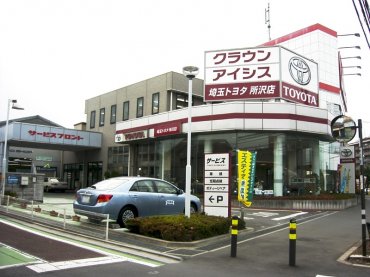Use of genuine engine oils varies greatly across the Asia-Pacific region, analysts said during a recent industry conference, with operators of Japanese vehicles more likely to use automaker-branded oils.
In 2017, global genuine oil consumption was about 1 million tons and accounted for 10 percent to 20 percent of the global passenger car motor oil market. Speaking at the ICIS Asian Base Oils & Lubricants Conference in Singapore last month, Milind Phadke, director for energy at Kline & Co. consultancy, said genuine oils accounted for 75 percent of passenger car oils demand in Japan in 2017, the highest rate in the region.
In Japan, OEMs are held in high regard, and consumers are very loyal and use [genuine oils] beyond the warranty period, he said.
India and China are catching up with about 10 percent to 15 percent, but Indonesias penetration is higher with about 30 percent due to the dominance of Japanese OEMs in the market, he added.
There is a trend that [four-wheel vehicle] OEMs see OEM lubes and parts as good business from a margin point of view. Especially when the population base is already large, PT Federal Karyatama CEO Patrick Adhiatmadja said. Jakarta-based FKT has agreed to be purchased by ExxonMobil.
As an independent lube player, this trend is certainly not encouraging, he added. However, the impact of genuine oils on the four-wheel vehicle market is not as severe as on the two-wheel market, because authorized four-wheel vehicle workshops still carry non-OEM lubricants, he said. Japanese automakers have lower viscosity 0W-8, 0W-12, 0W-16 and higher viscosity index genuine oils.
American and European original equipment manufacturers supply and recommend 5W-30 engine oils for turbocharged engines with gasoline direct injection and oils with viscosity grades of 0W-20 and lower for other internal combustion engines.
In developing markets in Asia, consumers tend to return to dealerships for service as this may be their first and only vehicle. The vehicle is seen as a major investment and status symbol, and the service market tends to be inconsistent and poorly equipped, said Phadke.
In mature markets, consumers use service shops like quick lubes or independent workshops and may even [perform their own oil changes] if local labor rates are higher, he added. Service shops are usually chain workshops, and automakers will usually focus on services for new vehicles.
Apart from new vehicle sales, culture and regulations can also be a driver of genuine oil consumption.
[Japan has] a strong cultural loyalty that drives consumers to return to dealerships for maintenance and service. Even consumers who have gone to an independent workshop for maintenance continue to use genuine oils for their older vehicles, he said.
In contrast, Chinese consumers focus on value. Customers leave dealership workshops when the warranty ends, and with new regulations protecting owners, many are heading to IWS and Fast-Fit channels, he said.
In countries like India and Indonesia, new vehicle warranty rules often require owners to return to dealership workshops for maintenance and service.
Photo: S-8500/Wikimedia Commons

Kline expects global genuine oil consumption to grow by a compound annual growth rate of 4 percent through 2022. Last year, the top five suppliers of genuine oils were Toyota, Renault-Nissan-Mitsubishi, GM, Ford and Honda. Toyota accounted for more than 20 percent of global genuine oil volume in 2017, according to a Kline news release.
Genuine oil is forecast to outpace PCMO growth, and there is a market for [genuine oil in the] heavy-duty vehicles and motorcycle segments, said Phadke.
Growth in developing markets like Indonesia and India will come from customer loyalty and from new vehicle sales in mature markets.Also, vehicle subscription services – where maintenance and insurance may be bundled as a package – and ride-sharing fleet services will increase demand for genuine oils, he added.